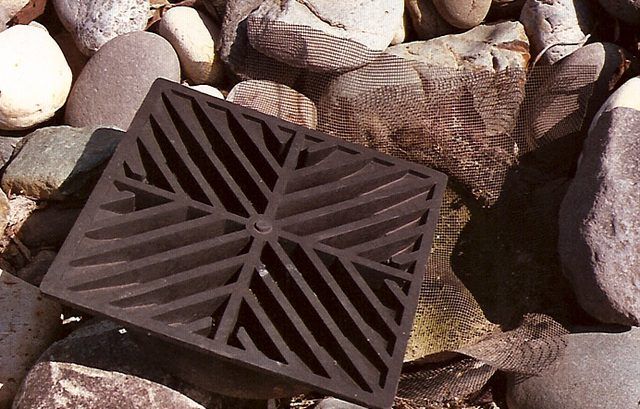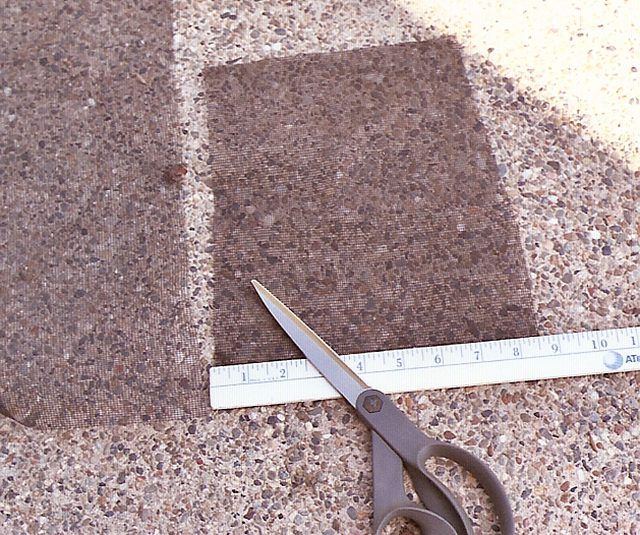Bulbs
Flower Basics
Flower Beds & Specialty Gardens
Flower Garden
Garden Furniture
Garden Gnomes
Garden Seeds
Garden Sheds
Garden Statues
Garden Tools & Supplies
Gardening Basics
Green & Organic
Groundcovers & Vines
Growing Annuals
Growing Basil
Growing Beans
Growing Berries
Growing Blueberries
Growing Cactus
Growing Corn
Growing Cotton
Growing Edibles
Growing Flowers
Growing Garlic
Growing Grapes
Growing Grass
Growing Herbs
Growing Jasmine
Growing Mint
Growing Mushrooms
Orchids
Growing Peanuts
Growing Perennials
Growing Plants
Growing Rosemary
Growing Roses
Growing Strawberries
Growing Sunflowers
Growing Thyme
Growing Tomatoes
Growing Tulips
Growing Vegetables
Herb Basics
Herb Garden
Indoor Growing
Landscaping Basics
Landscaping Patios
Landscaping Plants
Landscaping Shrubs
Landscaping Trees
Landscaping Walks & Pathways
Lawn Basics
Lawn Maintenance
Lawn Mowers
Lawn Ornaments
Lawn Planting
Lawn Tools
Outdoor Growing
Overall Landscape Planning
Pests, Weeds & Problems
Plant Basics
Rock Garden
Rose Garden
Shrubs
Soil
Specialty Gardens
Trees
Vegetable Garden
Yard Maintenance
How to Screen your Yard Drains
How to Screen your Yard Drains. A yard drain carries excess water away from your home and landscaping. Many homes have perforated pipe buried in trenches to collect and carry off overflow water from rainfall, sprinklers and irrigation systems. These drains often have top openings with plastic drain covers with ventilation slots. If grass clippings,...

A yard drain carries excess water away from your home and landscaping. Many homes have perforated pipe buried in trenches to collect and carry off overflow water from rainfall, sprinklers and irrigation systems. These drains often have top openings with plastic drain covers with ventilation slots. If grass clippings, dirt or bark get into the drain cover, they can block the drain. More importantly, mosquitoes can get into the drain and breed. Where a few mosquitoes went in, a week later hundreds can emerge. You can easily make simple drain screens to protect the drain from debris and block those dratted mosquitoes.
Things You'll Need
Screen
Scissors
Yardstick
Screen. Flexible window screen can be purchased at hardware stores and home improvement centers. From one square yard of screen you can make up to 16 drain screens.
Count. Count the number of drain caps in the drain system. In a sloping yard, there may be tall caps, flat covers or crown caps. At the street the drain probably has an end cap at the sidewalk or driveway near the gutter or storm drain. This cap also needs a screen.
Cut. Measure and cut a screen square about 9 inches on each side. Pull one of the caps off the drain opening. Clean out any debris in the drain pipe hole. Place the screen over the open hole. The screen should be slightly larger than the hole so that it will not fall down in the drain and will be held in place between the drainpipe and cap. Shove the drain cap back in place over the screen.

Repeat. Cut a screen to cover each drain hole. Trim excess corners from the screen but leave enough screen overlap so that the screen can be easily grabbed and removed from the hole for later cleaning.
Maintenance. Periodically take the drain caps off and clean out any debris that has collected on the screen. Replace any screen that splits or has torn holes. Hose off clogged screens before replacing them so that water can flow through the screens and into the drain.
Barrier. The screen mesh will keep most mosquitoes out of the drain. Mosquitoes that do hatch in the drain will not be able to get out through the mesh. This will cut down on the mosquitoes breeding around your home.